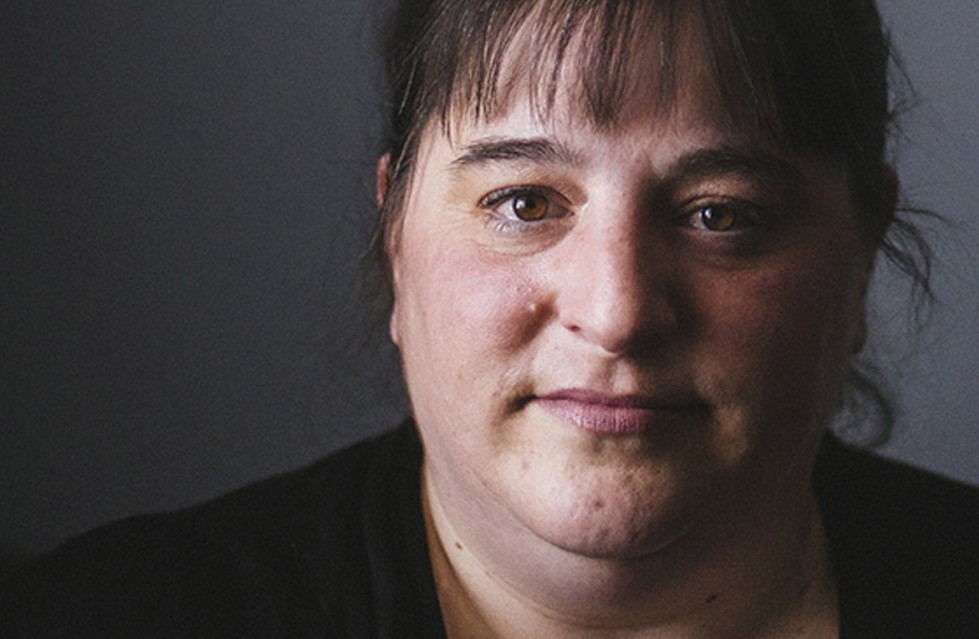Health insurance companies would not be allowed to charge patients more for less addictive versions of prescription opiates under a new bill being considered in the Maine Legislature.
The bill, L.D. 919, would mandate that patients who are prescribed drugs with “abuse-deterrent formulations” pay the same co-pay for those as they would for versions that do not contain the abuse protections. The drugs with abuse-deterrent properties can cost hundreds more per month in some cases, experts say.
The bill would remove the financial incentive for patients to choose the cheaper versions – and therefore make them less likely to abuse and become addicted to them. The bill does not affect the cost of the drugs for those who would pay for them out-of-pocket, such as the uninsured.
Last year, Massachusetts became the first state to enact such protections for patients, and Vermont and Connecticut are considering similar bills. The Maine bill passed out of the Legislature’s Insurance and Financial Services Committee by a unanimous vote on April 23.
Opiates are often prescribed to control pain, but are also considered a “gateway drug” by substance abuse experts. Some patients end up addicted to the prescription opiates or switch to heroin when their prescriptions run out. Prescription opiates include OxyContin, morphine, Vicodin, codeine and others.
The number of people seeking opiate abuse treatment in Maine doubled over the 10 years ending in 2013, when about 4,800 sought treatment, according to the Maine Office of Substance Abuse.
Drugs with abuse-deterrent properties can take different forms, such as an extended-release feature that releases the pain-killing properties slowly over several hours, making it more difficult to get high, or the addition of antidote properties to the drugs that make getting high extremely difficult.
Other features might make patients suffer withdrawal-like symptoms if they take the drugs at amounts greater than prescribed. Another method would make the drugs turn into a gel, rather than a powder, when crushed, making it more difficult to snort or inject.
Since 2010, OxyContin, which had become popular among drug abusers, has been sold only with abuse-deterrent properties, to discourage abuse, theft and street sales. But other opiates either do not have such properties or have both abuse-deterrent and regular versions.
The decision to make OxyContin available only with abuse-deterrent properties cut Oxycontin abuse in half within two years after being introduced, according to a 2015 study by the Washington University School of Medicine in St. Louis. In Maine, the number of those seeking treatment for OxyContin abuse also has been reduced by more than 50 percent since 2010, according to the Maine Office of Substance Abuse.
Kristan Hilchey of Rockland said she became addicted to prescription opiates in 2003, starting with Vicodin to treat chronic pain from ovarian cysts.
“He prescribed them a few times, and I was off and running,” Hilchey said of her doctor. She started purchasing OxyContin on the street to get high, before enrolling in a methadone treatment plan in 2005.
She still gets methadone treatments to control her addiction and allow her to hold down a job and live a normal life.
Hilchey, 41, said she supports any effort to make the prescriptions harder to abuse, because that could result in fewer people becoming addicted.
“I wish they were around back then. That would have really helped, and I would have avoided all this,” she said.
Although drug prices vary widely and abuse-deterrent drugs are not always more expensive, in many cases there is a difference in prices for medications depending on whether they have abuse-deterrent properties. For instance, Zohydro, an opiate painkiller not available with abuse-deterrent properties, costs $15.98 per day, while abuse-deterrent OxyContin costs $31.73 per day, on average, according to www.goodrx.com, a price comparison website.
At an April 16 public hearing before the insurance committee, law enforcement, pharmaceutical companies and patient advocacy groups supported the bill, but insurance companies were opposed. The Maine Bureau of Insurance was neutral on the issue.
Tom Brownlie, a senior manager of U.S. policy for Pfizer, a pharmaceutical company, submitted testimony pointing out that the cost of opiate abuse to the U.S. health care system means it makes financial sense to promote abuse-deterrent drugs, in addition to improving the nation’s health. An opiate-related hospitalization costs nearly $14,000 on average, and nearly $6,000 per patient for substance abuse treatment services.
“The rate of opioid poisoning deaths nearly quadrupled from 1999 to 2013,” Brownlie said.
Opposing the bill was Katherine Pelletreau of the Maine Association of Health Plans, representing Aetna, Anthem, CIGNA and Harvard Pilgrim Health Care. Pelletreau said the abuse-deterrent drugs are more expensive, and the bill could potentially result in higher insurance premiums.
“It drives patients and physicians towards more expensive brand-name drug formulations and away from lower-cost generics, raising costs for all premium payers,” she told the committee.
Marcia Lee Taylor, interim president and CEO of the Partnership for Drug-Free Kids, a national nonprofit advocacy group, said she believes that most, if not all, prescription opiates will eventually be available only with abuse-deterrent properties.
But until then, the bill would remove the financial incentive not to use the drugs less likely to lead to abuse, Taylor said.
“It’s not a cure-all, but it’s a good first step,” she said.
Send questions/comments to the editors.




Comments are no longer available on this story